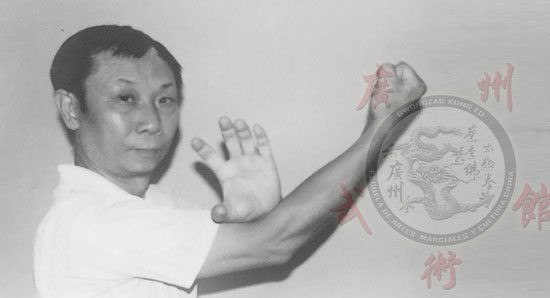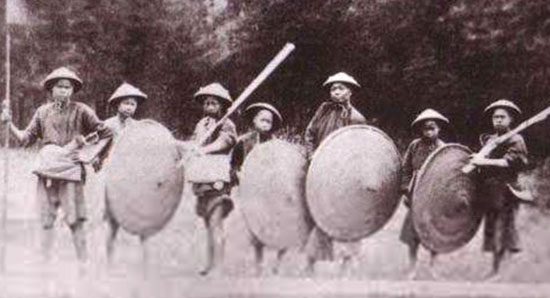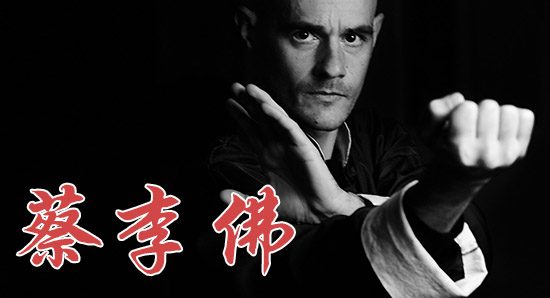Gwong Zau Kung Fu is a school dedicated to the practice and teaching of Traditional Chinese Martial Arts of the Choy Li Fut 蔡李佛 and Tài Jí Quán 太極拳 styles, as well as Qì Gōng 氣功 and other aspects of Chinese Culture in general.
It is also a physical space (the school) and a virtual space (the blog) where we can share and learn about China: history, philosophy, language, calligraphy, the world of tea and many other aspects of Chinese culture and tradition.
Below is a brief summary of the disciplines we teach:
Regular Classes
Choy Li Fut
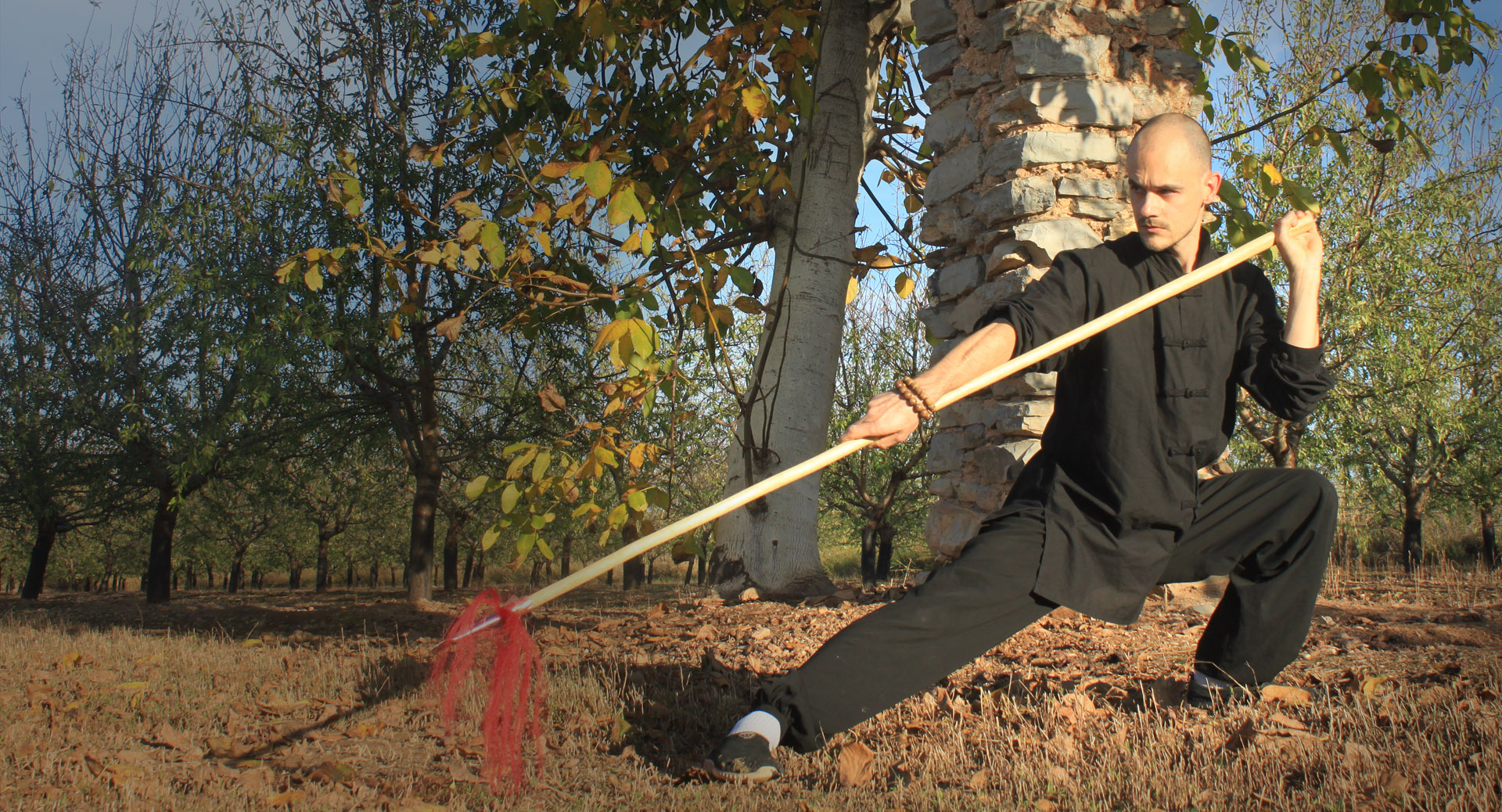
Choy Li Fut 蔡李佛 is a style of southern Kung Fu originating in Guǎngdōng 廣東 Province of China. It is characterized by its wide and powerful movements, coordinating the whole body and using a large technical repertoire of fists, palms, elbows and legs.
In addition to striking techniques, training consists of forms (sequences), grips and joint controls, pressure points, wooden dummies, sandbags, use of traditional weapons (such as staff, broadsword, cane, knives, spear, fan, halberds...), conditioning and physical strengthening, etc. In short, it is a very complete system, useful in self-defense as well as to stay in shape and in good health.
Tai Ji Quan
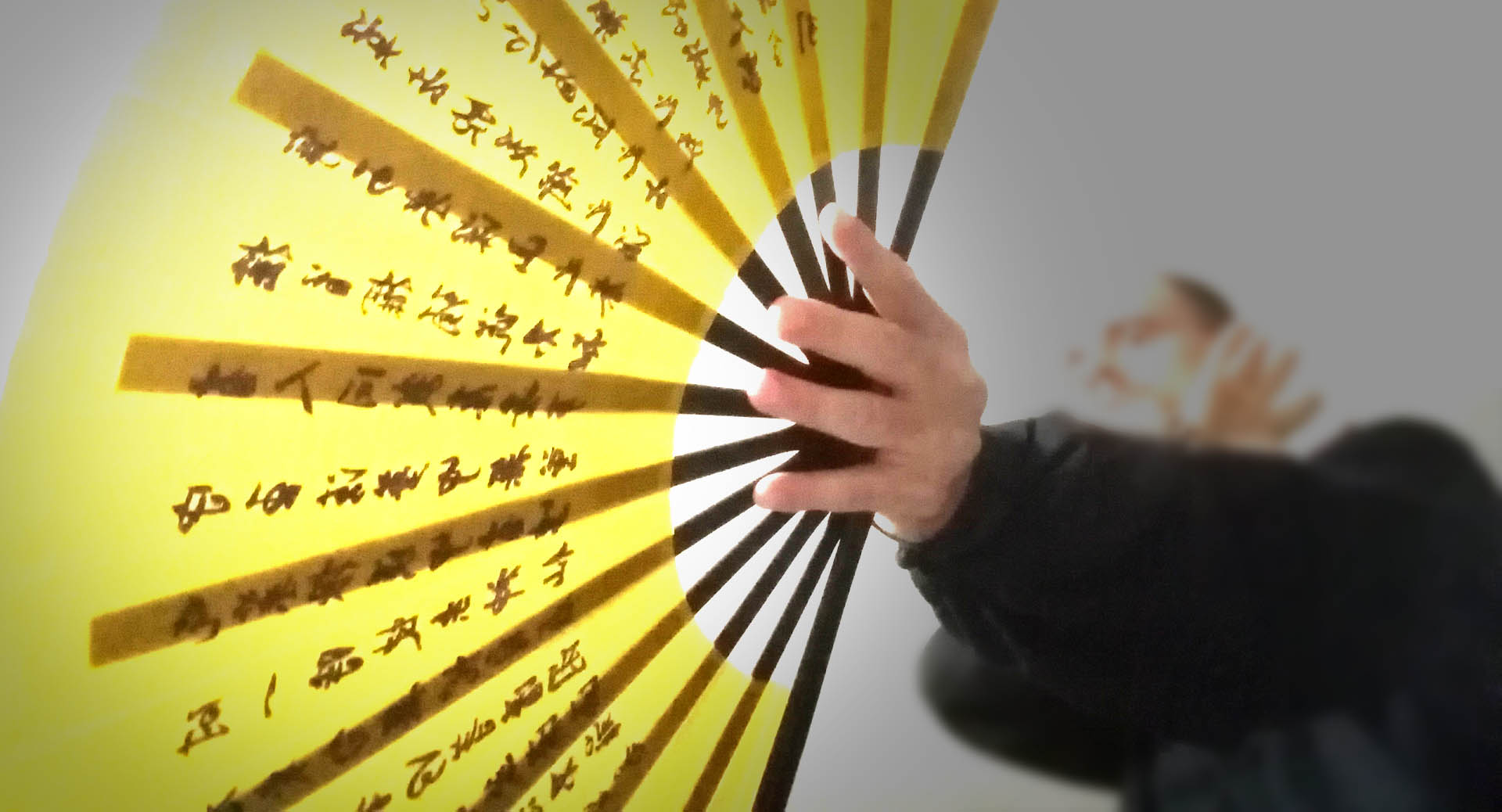
Tài Jí Quán (Tai Chi) 太極拳 is a style of Kung Fu from northern China, belonging to the so-called internal styles. These styles are characterized by their slow movements, in which relaxation prevails over the use of physical power.
In our school we have classes of Tài Jí focused on the maintenance of health, as well as classes of Tài Jí Quán as a martial art, in which we will deepen in its practical application. Tai Chi training is essentially made up of forms or technical sequences of both empty hand and traditional weapons, on the one hand, and pushing-hands (tuī shǒu 推手), on the other.
Qi Gong and Meditation
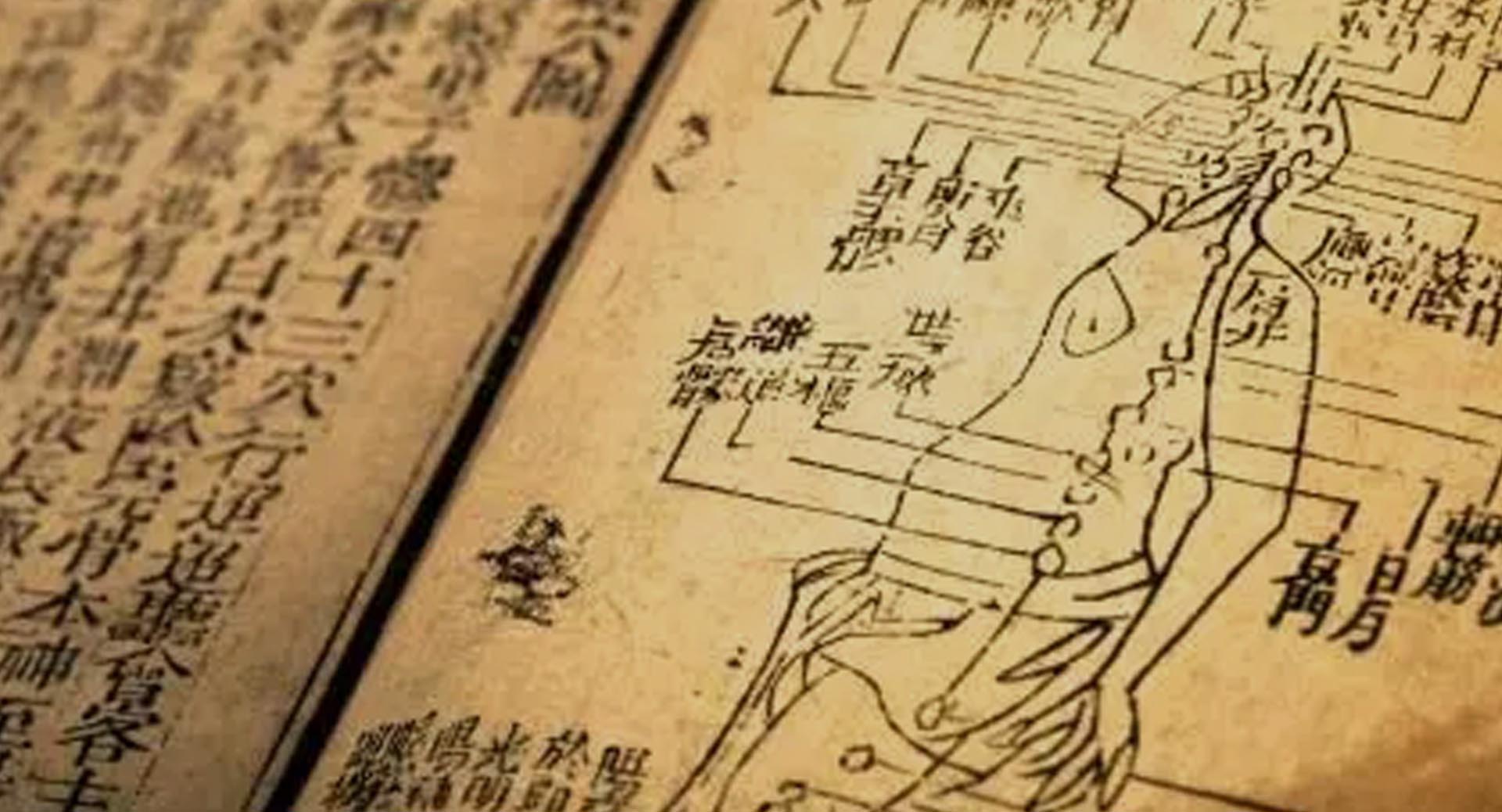
Qì Gōng (Chi Kung) 氣功 is a system of exercises that combine movement (physical and mental) and breathing, and that make use of the energy (qì 氣) that circulates through the human body and that, according to Chinese philosophy, is present in all things. It is an essential practice of both Martial Arts and Traditional Chinese Medicine (中醫 Zhōng yī) or TCM.
We complement this practice with meditation (seated meditation, lying meditation and walking meditation), and Zhàn Zhuāng 站桩, a static physical exercise originating in China, whose main objective is the strengthening of health. It includes an important meditative component, helping us to generate awareness of our own body and improve our posture, and is also one of the fundamental pillars of the so-called internal martial arts.
Kung Fu for Children
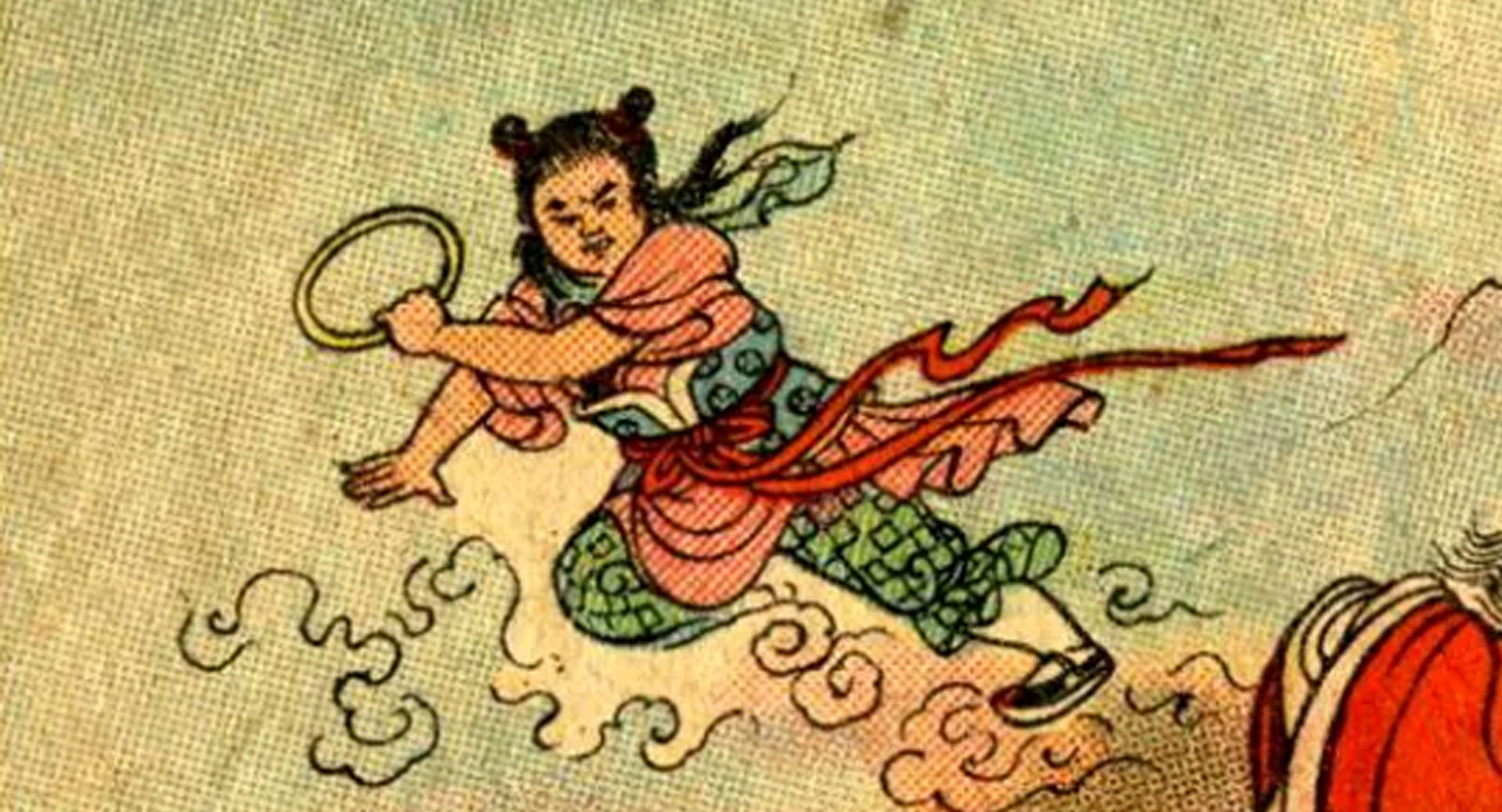
Kung Fu classes for kids are aimed at children between 9 and 13 years old, and focus on developing body coordination and healthy habits, improving attention and learning to value effort, all through martial arts and physical activity in a dynamic and entertaining way.
Other Courses and Events
Chinese Calligraphy
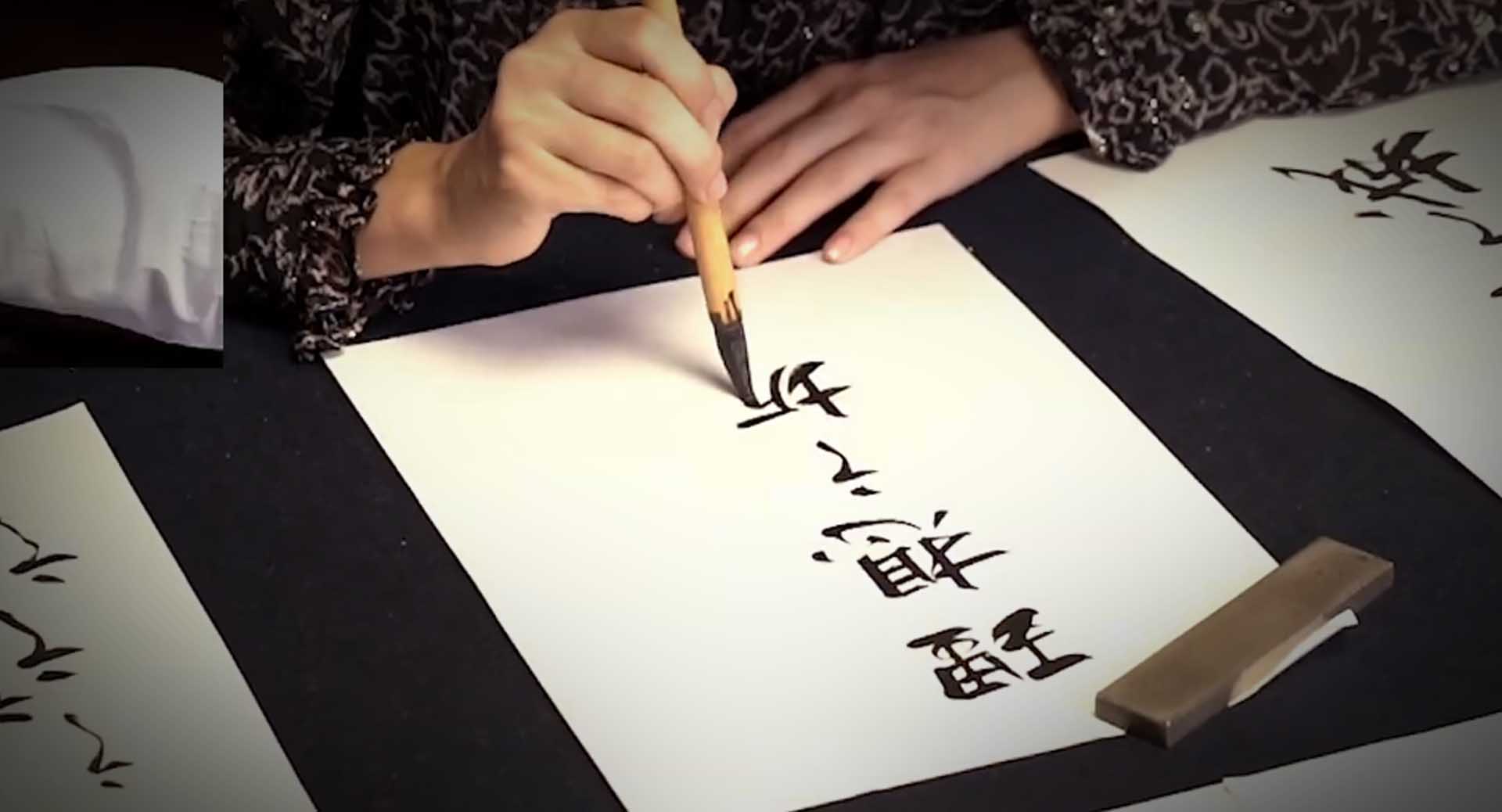
Calligraphy (書法 shūfǎ) is one of China's traditional arts and has been practiced for over two thousand years. Practiced with brush and ink on rice paper, it requires a technique difficult to master, patience, concentration and mental calm, characteristics that bring it closer to Chán 禪 (the branch of Chinese Buddhism known in the West as Zen).
In our school we offer courses and workshops in Chinese calligraphy, where we study the different strokes, styles of calligraphy, structure of Chinese characters, types of brush and paper, etc.
Chinese Tea Ceremony
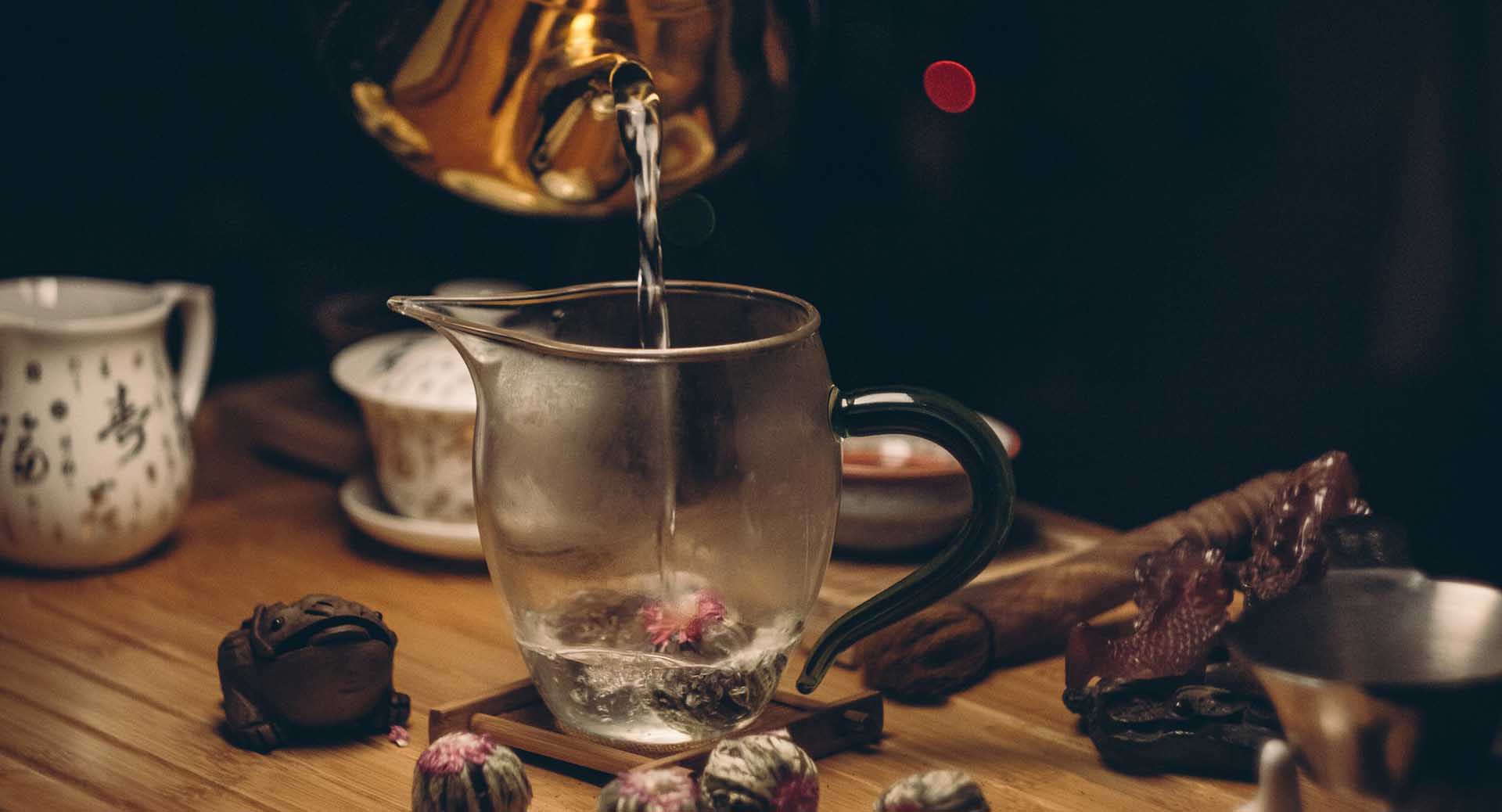
We are currently organizing tea and gōng fū chá 功夫茶 meetings from time to time, where we try different varieties of tea prepared in the gōng fū style, and chat about tea history, production methods, or any other topic that arises.
In these meetings we have the opportunity to taste tea as a form of meditation, putting all our senses in the process, and to know different types of tea of the best quality.
Self-Defense

Self-defense includes all those techniques, strategies and attitudes that can increase the chances of survival in an assault situation, starting with the avoidance of the situation itself.
In addition to the training of techniques of grips, dislocations, sweeps, etc., in our self-defense courses we try to prepare the practitioner to recognize dangerous situations, acquire conflict avoidance strategies, improve self-confidence and learn to give a quick and effective response to a violent stimulus.
Latest articles
Our Lineage in Guǎngzhōu (Choy Li Fut History X)
Upon the death of Chan Jiu-Chi 陳耀墀, his most outstanding disciples continued transmitting the Choy Li Fut 蔡李佛 Kungfu system. This entry is dedicated to two of his descendants in the lineage: our Sigung 師公, Pun Fan 潘芬, and our Sifu 師父, Pun Seon Seoi 潘順遂.
Read more...Martial Arts and Self-Defense in the Qīng Dynasty
Martial arts should reflect, at least in part, the reality of the violence in the society and historical moment in which they were created. In this article, we examine the concept of self-defense in the legal framework of the Qīng 清 dynasty, as well as other aspects that influenced the emergence and development of Choy Li Fut 蔡李佛 and other southern Kungfu styles from China.
Read more...Choy Li Fut Kung Fu as a Martial Arts System
Choy Li Fut 蔡李佛 is a martial art originating in the province of Guǎngdōng 廣東 in southern China, whose legendary origins can be traced back to the Shàolín 少林 temple. In this article we see what its most important characteristics are, as well as the different elements of which it is composed.
Read more...
